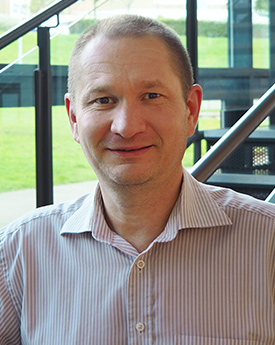About us
Time series, i.e. data measured over time, arise in many natural and industrial applications. Examples of such series include historical environmental measurements, financial indicators, and physiological or biological processes. These series are often high-dimensional in nature and exhibit complex temporal characteristics. Being able to analyse the changing structure of such data is key to understanding the dynamics of many important physical processes.
Wavelets and Locally Stationary Time Series
Many of the time series which we generate are characterised by a time-evolving statistical structure, so-called locally stationary time series. Failing to account for such realities can result in serious consequences. Our work seeks to develop more realistic models and analysis methods which explicitly account for such time-varying structure, for tasks such as statistical testing, forecasting, and classification.
Changepoint methods
With the increased availability of high-frequency data sources, there is a need for algorithms for detecting times when changes in time series occur, particularly in cases where such changes may not be immediately obvious. A particular current focus is hence on the development of accurate and computationally efficient changepoint search methods.
Examples of application areas in which changepoint detection is important include ensuring safety in industrial process monitoring and intrusion detection.
Robust estimation and bootstrapping in financial time series
Our research focuses on the analysis and computation of parameter estimators associated with the volatility models of financial time series such as GARCH model. In particular, we propose estimators that are robust and perform well even under various deviations from the underlying model assumptions. We consider applications of robust estimators to the analysis of financial risk measures. We study both theoretical and empirical properties of these estimators and the bootstrap approximations of their distributions.
















